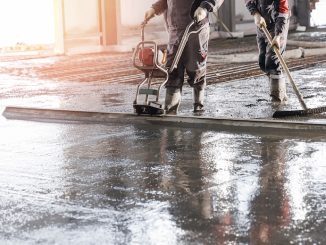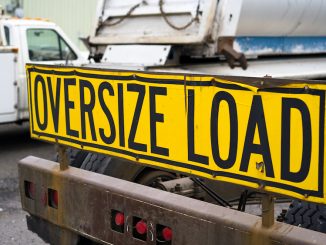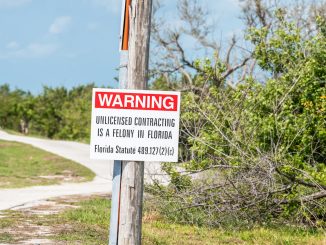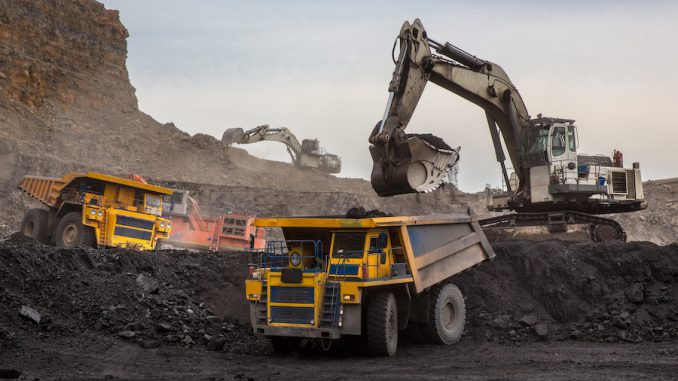
View the complete article here.
There’s no question that the mining industry is a hazardous place to work. Mining has been reported to be one of the most dangerous jobs, which is why safety is a top priority to reduce the risk of injury and fatalities that happen on the worksite.
Whether you are considering a mining career or managing a team of miners, it is essential to follow safety measures to protect against avoidable risks. These tips not only help you identify the potential risks, but proper implementation of these guidelines will make it a safer workplace for everyone involved.
Tip #1: Safety Procedure Documentation
Proper documentation of safety procedures means that there is never a question about the regulations that should be followed. In the safety procedure documentation, it should include information about specific incidents that could happen and what should be done in those situations. The written procedures should be displayed prominently and reviewed regularly.
Tip #2: Ongoing Safety Training
Written safety guidelines aren’t sufficient; all team members need ongoing safety training as well. Onboarding should include detailed safety training for new hires. Then, refresher training classes should be taught to all employees, regardless of their experience or time with the company. Keeping these topics at the top of mind helps team members to understand that safety is always a top priority.
When risks exist, the team needs clear instructions and guidance on how these risks can be mitigated. Never assume that someone knows the right way to navigate a dangerous situation. Communication is a critical aspect of ensuring that everyone has proper training and guidance on practices and procedures. Hazard communication can include visual and written information, such as safety labels and signs. Verbal communication can also be beneficial to warn team members of the dangers they are facing each day.
Tip #4: Safety Equipment
It seems obvious that safety equipment should be used when working in dangerous environments. But it is easy for workers to get lazy with the use of equipment. Safety equipment varies depending on the circumstances, often including gloves, helmets, harnesses, safety glasses, masks, and more. Employers need to provide the necessary equipment and enforce the use of this equipment.
Tip #5: Respiratory Protection
In a mine, small particles of dust and debris are present in the air that everyone is breathing. Generations ago, miners would get sick with “black lungs” because of the polluted air that moves into the body with every breath. Even though the effects of inhaling particles aren’t immediately noticed, the damage takes a toll over time. Today, miners can keep their lungs healthy by using proper respiratory protection. The environment needs to be tested and analyzed, then facemasks or advanced protection should always be provided based on the circumstances.
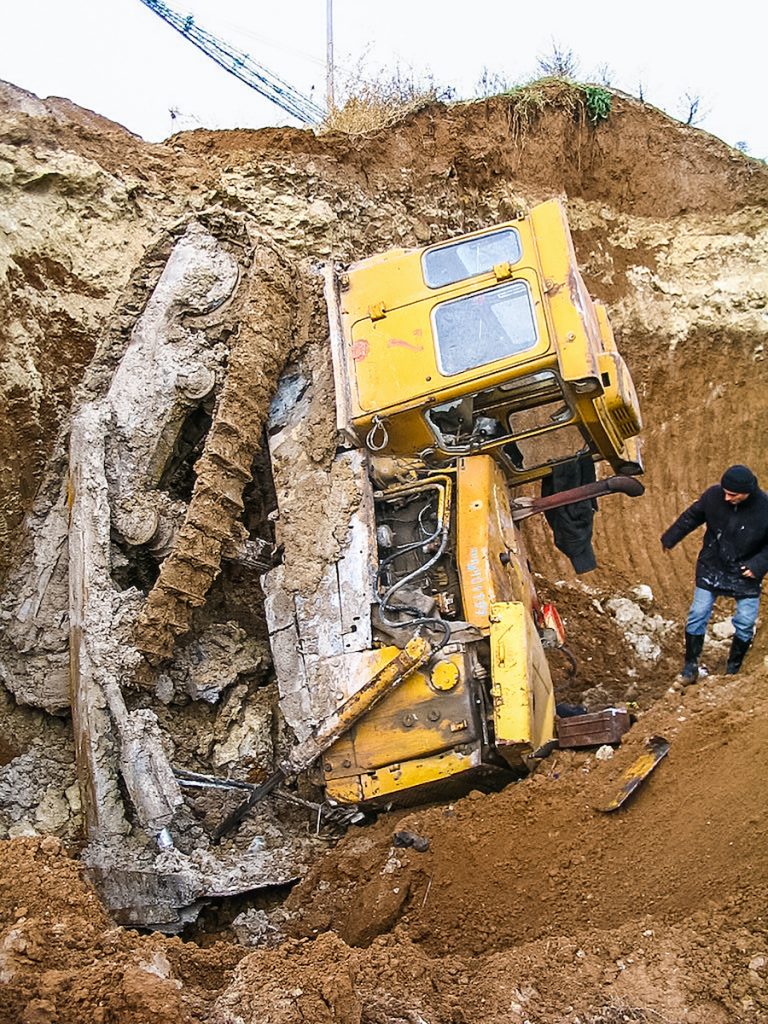
Tip #6: Safety with Explosives
Explosives are often needed in mines. Even though the use of explosives is commonplace, miners should never let down their guard when it comes to safety regulations. It might be tempting for an experienced miner to take shortcuts. But safety policies are in place for a reason and should be followed by everyone – regardless of a person’s knowledge or experience. These safety regulations should manage how the explosives are stored, used, and handled.
Tip #7: Reducing the Risk of Falls
Falling might not be the first risk that comes to mind when thinking about mining. Even though miners are working underground, falls can happen in any environment. Plan for fall prevention by first identifying fall hazards that are present, such as a mining shaft or the side of a hill. Then, use the proper safety equipment, such as harnesses, railings, and more to prevent falling.
Tip #8: Avoiding Lifting Injuries
Even though miners need to be strong for their jobs, physical strength doesn’t make people immune to lifting injuries. Any time a heavy object is lifted, precautions need to be used. Whether dirt is being moved or heavy equipment needs to be relocated, proper lifting technique should always be used to avoid harm to the back and legs. Miners need to be trained on how to lift heavy items, and they need to have support and assistance in knowing when they need to use lifting equipment or ask for help.
Miners are often working in confined spaces, such as tunnels or caverns deep underground. In these situations, special attention needs to be placed on emergency response systems and equipment that might be required. One risk of working in a confined space is the possibility of collapse or a cave-in, which could crush workers or leave people trapped in the mine.
Tip #10: Proper Supervision
A trained and experienced supervisor should be on-site always, overseeing the activities that are occurring with all team members. Supervisors need to know where team members are at all times and stay informed about the planned tasks each day. Additionally, supervisors are responsible for enforcing safety rules.
Tip #11: Stay Current with Safety Standards
Pay attention to trends in the industry so that you are up-to-date with new standards and tools that can be used for safety. Never make the mistake of over-using old, outdated equipment. It is a mistake to cut corners on safety equipment and procedures, which could potentially lead to injury or fatality.
Even though there is a high risk of safety-related incidents for miners, tragedies can be prevented with the right safety practices. Risk can’t be eliminated completely, but these tips can be used to avoid common issues that happen in the mining industry.
View the complete article here.
Why is ongoing safety training crucial in the mining industry?
Ongoing safety training ensures that all team members, regardless of experience, stay informed about safety practices, making it a top priority on the worksite.
What are the key safety measures for miners working in confined spaces?
Miners in confined spaces need special attention to emergency response systems, equipment, and supervision to prevent risks such as collapse or cave-ins.






































